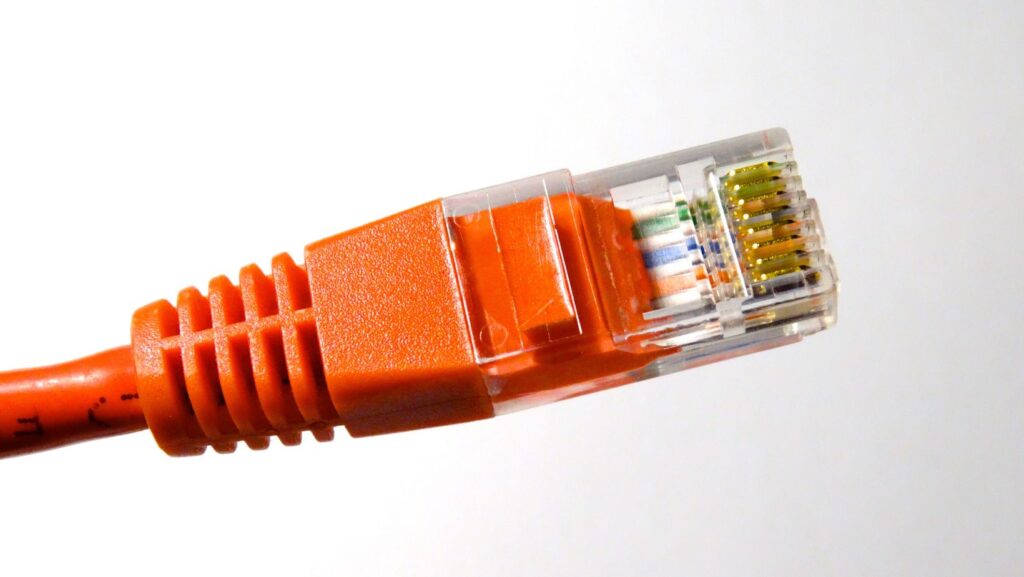 In the world of mechanical engineering, the shaft hub connection plays a crucial role in ensuring efficient power transmission between rotating elements. These connections are the backbone of various machinery, from industrial equipment to automotive systems, where precision and reliability are paramount. Understanding the different types of shaft hub connections can significantly impact the performance and longevity of mechanical systems.
In the world of mechanical engineering, the shaft hub connection plays a crucial role in ensuring efficient power transmission between rotating elements. These connections are the backbone of various machinery, from industrial equipment to automotive systems, where precision and reliability are paramount. Understanding the different types of shaft hub connections can significantly impact the performance and longevity of mechanical systems.
Whether dealing with keyed connections, shrink fits, or spline shafts, each method has its unique advantages and applications. Engineers and technicians need to choose the right connection type to match the specific demands of their projects. This article delves into the fundamentals of shaft hub connections, exploring the various techniques and considerations that ensure optimal performance.
Shaft Hub Connection
Shaft hub connections play a crucial role in the seamless transfer of power in mechanical systems. These connections join the rotating components, ensuring efficient transmission of torque and maintaining alignment under operational loads. Various methods, each with unique benefits, are employed to achieve these connections.
Keyed Connections
Keyed connections utilize a key inserted into a slot on the shaft and the hub. The key ensures that the shaft and hub rotate together, minimizing slip. Common in automotive and industrial applications, keyed connections are simple, cost-effective, and easy to disassemble.
Shrink Fits
Shrink fits achieve interference by heating the hub or cooling the shaft to create a tight fit. Once temperatures normalize, the components contract, establishing a secure connection. Engineers favor shrink fits due to their ability to handle high torque and axial loads without additional components.
Spline Shafts
Spline shafts have longitudinal grooves along the shaft and corresponding ridges in the hub, providing multiple points of contact for torque transmission. This type of connection is beneficial in applications requiring precise alignment and high torque capacity, such as automotive transmissions and heavy machinery.
Factors Affecting Performance

Load capacity, material choice, and environmental conditions significantly impact the performance of shaft hub connections. Load capacity must align with operational torque requirements to prevent failures.
Selecting materials resistant to wear and corrosion enhances durability. Considering environmental variables, like temperature and humidity, ensures consistent performance of connections.
Maintenance Considerations
Regular inspection, lubrication, and alignment checks extend the lifespan of shaft hub connections. Detecting wear early and correcting misalignments prevent potential downtimes. Proper maintenance schedules maintain system efficiency and reliability, ensuring long-term performance in demanding applications.
Types of Shaft Hub Connections
Understanding the types of shaft hub connections is essential in mechanical engineering. Each connection type offers unique advantages depending on application requirements.
Keyed Connections
Keyed connections use a key to ensure the shaft and hub rotate together. This key fits into corresponding keyways on both the shaft and the hub, providing a mechanical engagement that transmits torque. Keyed connections are simple and cost-effective, making them a popular choice in various settings. For instance, in conveyor systems and machine tools, asked connections offer reliable performance.
Splined Connections
Splined connections feature grooves and ridges on both the shaft and the hub, ensuring multiple contact points for torque transmission.These multiple contact points distribute stress evenly, ideal for applications requiring precise alignment and high torque.
Common uses include automotive transmissions, aerospace components, and heavy machinery. Splined connections also allow for axial movement while maintaining rotational alignment, which is crucial in high-speed operations.
Press Fit Connections
 Press fit connections, also known as interference fits, create a tight bond between the shaft and hub by forcing them together. The diameter of the hub’s bore is slightly smaller than the shaft’s diameter, causing the materials to deform slightly and creating a secure fit. This method is preferred for situations demanding high torque capacity and minimal backlash, such as in robotic arms and motor shafts. Press fit connections provide robustness and durability, even under significant stress and cyclic loading conditions.
Press fit connections, also known as interference fits, create a tight bond between the shaft and hub by forcing them together. The diameter of the hub’s bore is slightly smaller than the shaft’s diameter, causing the materials to deform slightly and creating a secure fit. This method is preferred for situations demanding high torque capacity and minimal backlash, such as in robotic arms and motor shafts. Press fit connections provide robustness and durability, even under significant stress and cyclic loading conditions.
Understanding the intricacies of shaft hub connections is crucial for ensuring efficient power transmission and machinery longevity. Each type of connection, from keyed to spline shafts, offers unique benefits tailored to specific applications. Choosing the right connection depends on factors like load requirements and operating environment. Proper installation and maintenance are vital for minimizing wear and tear. By considering these aspects, industries can achieve reliable performance and enhance the lifespan of their mechanical systems.



